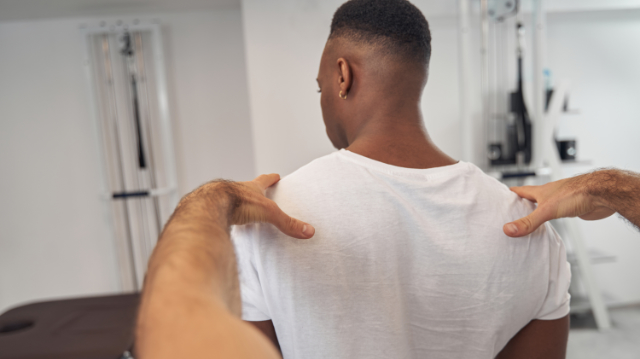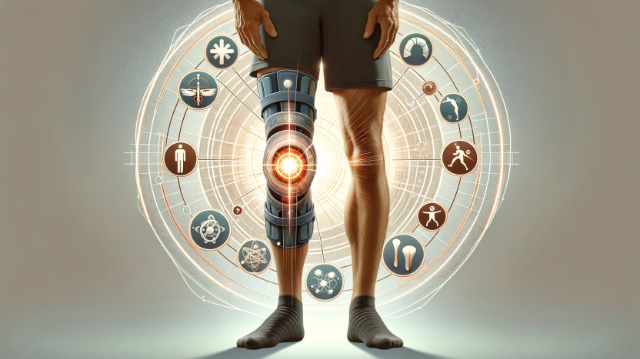
Falls: A Major Health Concern, And A Problem Physical Therapists Play A Major Role In Solving!
Falls are not just simple accidents. They're a major health concern, especially for older adults. Falls can lead to serious injuries like hip fractures and can even be life–threatening. In fact, data shows that falls resulted in about 3 million emergency room visits and around 32,000 deaths in the United States in one year. That's a lot!
The Cost of Falls
Falls are expensive! They cost around $50 billion in medical costs every year in the U.S. This includes hospital stays, treatments, and other medical expenses. So, preventing falls is not just about health; it's also about saving money.
How Physical Therapy Helps
- Improving Balance and Strength: Physical therapists are like balance wizards. They teach exercises that help improve your balance and make your muscles stronger. This means you're less likely to fall.
- Making Homes Safer: Physical therapists can check your home and suggest changes to make it safer. This could mean adding handrails, clearing walkways, or improving lighting.
- Using Technology and Equipment: They can recommend tools like canes or walkers that help you move around safely.
- Customized Exercise Programs: Physical therapists design special exercise plans just for you. These exercises can help improve how you walk and move, reducing the risk of falling.
- Monitoring and Follow–Up: They keep an eye on your progress and make sure the exercises are working for you.
Effective Strategies
Studies have shown that physical therapy–based exercises can significantly reduce falls. For example, the Otago Exercise Program, a home–based exercise plan, has shown to decrease falls by 40% in a year. That's impressive!
The Cost–Effectiveness of Physical Therapy
When it comes to money, physical therapy for falls prevention is worth it. The cost of these programs is much lower than the cost of treating injuries from falls. Plus, it's proven that physical therapy can greatly improve the quality of life for older adults.
Take the Step to Prevent Falls
Falls shouldn't be a normal part of aging. With physical therapy, you can take control and reduce your risk. Don't wait for a fall to happen. Talk to a physical therapist today and start your journey to a safer, more balanced life.
Remember, every step counts in preventing falls!
Reference: For more detailed information, check out the full report: “Economic Value of PT in the U.S. Report” from the American Physical Therapy Association.









